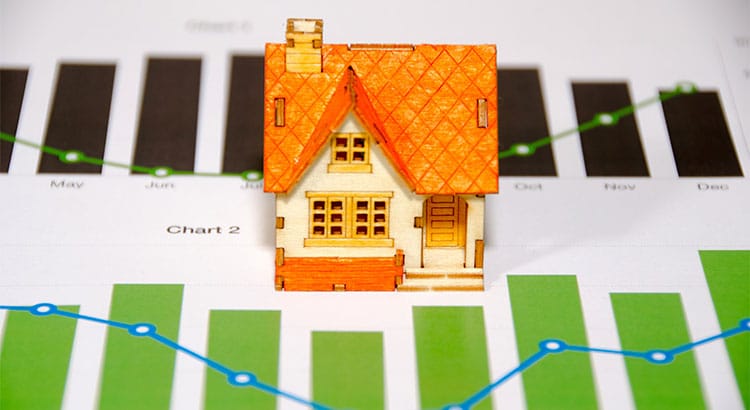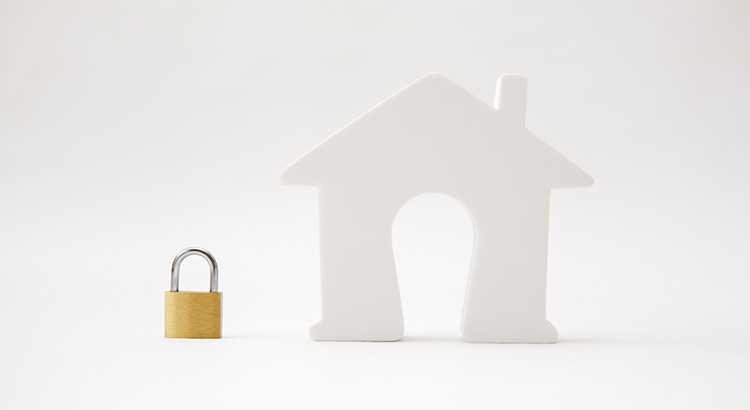Will Spring Be a Bust? 4 Decades of Housing Data Tell a Complex Story
As we head into the spring housing market, questions arise about the impact of inflation and high interest rates on real estate. By analyzing past periods of high inflation and high interest rates, such as in 1979, 1980, and 1990, we can gain insights into the potential future of the housing market.
In the late 1970s and early 1980s, inflation skyrocketed and the Federal Reserve, led by Paul Volcker, pushed interest rates higher to combat it. This led to a slowdown in the housing market, but it wasn’t a permanent setback. Though today isn’t a mirror image of that time, some of the same forces have returned, and by exploring data from those periods, we can attempt to anticipate what lies ahead.
This spring is likely to be slower than recent years, but that doesn’t mean it’s the end of the world. In fact, past slowdowns under similar conditions have not been terribly deep or prolonged. High prices and high mortgage rates may continue to impact buyers, but a unique factor today is the lack of housing supply compared to the 1970s.
Some experts believe that the current situation may be more similar to the recession of 1990, which saw a temporary pullback in the housing market before it rebounded and reached new heights. If history is any guide, we may see a temporary stalling in home prices, but not a fundamental crumbling of the market.
While this spring may be less active, there are still buyers and demand in the market. Experts anticipate that lending and borrowing could become easier as inflation begins to moderate, and if interest rates come down, we could see an increase in buyer activity.
Ultimately, the coming months are likely to be a different housing market than in the past few years, but it’s not all doom and gloom. As we continue to navigate the challenges of inflation and high interest rates, it’s crucial to remember that the housing market has weathered similar storms in the past and emerged stronger in the long run.

























